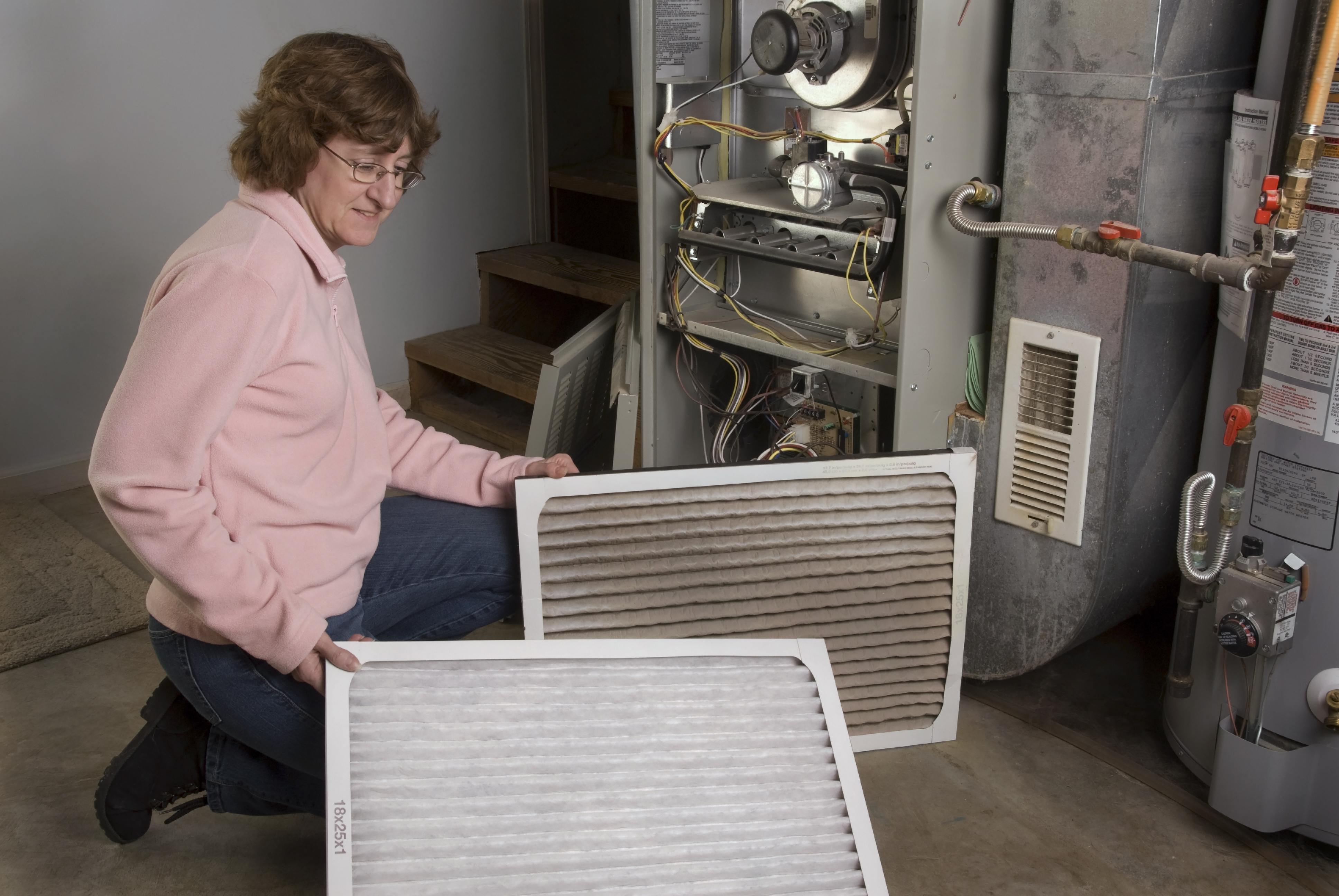When replacing the furnace in your home, you should always think carefully about what type of unit you want to install. The type of furnace you choose will directly impact how much it costs to keep your home warm and also how consistently comfortable your home is. If you’re looking to lower your heating costs and improve your home comfort, a variable-speed furnace is an ideal choice. In this article, we’ll show you how variable-speed furnaces work and how they can make it easier to optimize your comfort and keep your home at your desired temperature.
An Introduction to Variable-Speed Furnaces
Gas furnaces come in single-stage, two-stage, and variable-speed configurations. Single-stage furnaces are the most basic type and always heat at full power. Two-stage furnaces have an additional setting that enables them to either heat at full power or around 65% power. The lower setting makes them more energy efficient and less expensive to operate compared to single-stage furnaces. This is especially true in places like Raleigh where the winters are usually milder, and you rarely need a furnace to produce huge amounts of heat in a short time.
Variable-speed furnaces are much more advanced and typically have a few hundred power settings or speeds. What makes variable-speed furnaces different is that they have a modulating gas valve that can be anywhere from 25% to 100% open. This means that they can burn much less gas in situations where less heat is needed. The other difference is that they are paired with a variable-speed fan or blower, which can also speed up or slow down to control the rate at which air circulates through the heating system. This is important; if the fan didn’t slow down when the furnace was operating at a lower power and burning less gas, air would circulate too quickly for the heat exchanger to ever stay hot.
How a Variable-Speed Furnace Keeps the Temperature Consistent
The main thing to understand about variable-speed furnaces is that they are designed to run nearly constantly, which is what enables them to keep the temperature consistent throughout the entire home. The only time a variable-speed furnace should shut off is if it is running at the lowest possible speed and power and the temperature in the home continues to rise. This will normally only happen in the fall, spring, and on much hotter winter days.
Having your furnace run constantly may seem counterproductive, but it actually has many benefits. One common issue with other types of gas furnaces is that they typically only run for 10 to 15 minutes and continuously cycle on and off multiple times an hour. The reason that this is an issue has to do with the fact that the thermostat is usually centrally located on the main floor.
The thermostat will always signal the furnace to shut off as soon as it registers that the temperature of the surrounding air has reached whatever temperature you have it set to. The problem is that the central areas of a home will usually heat up more quickly. This means the furnace often won’t run long enough to fully heat cooler areas, such as basement rooms and rooms with exterior walls and/or lots of windows. These areas will also cool off more quickly once the furnace shuts down. They may start to feel uncomfortably cold by the time the thermostat signals the furnace to run and start heating again. As a result, the central areas will stay plenty warm, but you’ll usually end up with cold spots in other areas.
Variable-speed furnaces overcome these issues by continually adjusting the rate at which they heat so that the home always remains exactly at whatever temperature the thermostat is set to. If you have a basement or rooms with poorly insulated exterior walls or leaky windows, these areas may still remain slightly cooler. However, the issue won’t be nearly as pronounced as it would be with a single-stage furnace. With a variable-speed furnace, these areas will constantly receive heat instead of only being heated sporadically. This process helps to prevent the temperature from dropping.
How a Variable-Speed Furnace Works in a Zoned HVAC System
Another major advantage of having a variable-speed furnace is that it will allow you to upgrade to a zoned heating system. In a zoned system, the house is split into different zones that all have an independent thermostat. There are also automatic dampers at various points in the ductwork that act like gates. These gates allow air to flow to each zone or they can block off the airflow as needed.
If you have a basement and one or two upper floors, you can create separate zones for each floor. If your basement is normally cooler, the furnace would constantly supply heat to it so that it stays sufficiently warm. However, it will occasionally close the dampers so that heat only flows to the upper floors if they are cooler than what the thermostat in those zones is set to. Since the top floor will always stay the warmest, it won’t receive heat nearly as often so that it never gets too hot.
A zoned heating system is also useful if some people in your family prefer their bedroom warmer or cooler. With a zoned system, each person can set the thermostat in their bedroom to their preferred temperature without impacting any of the other rooms.
Other Benefits of Installing a Variable-Speed Furnace
In addition to keeping your home more consistently warm, a variable-speed furnace will also provide some other major benefits. One of the biggest benefits is that it will keep your heating costs much lower. Even though your heating system will almost constantly be on, it uses less energy than a single-stage furnace does. The furnace will almost always burn far less gas since it will seldom run at full power. The blower will also use a lot less electricity. This is especially true since a single-speed blower consumes a huge amount of electricity each time it turns on, which is an issue since it will constantly cycle on and off.
A single-stage furnace and blower are also under much more strain and receive more wear when cycling on. Over time, this will lead to the furnace needing more repairs, eventually shortening its lifespan. This is another area where variable-speed furnaces have a major advantage. A variable-speed furnace always starts out on a lower setting, which lessens the strain it’s under when starting. The wear and tear is also greatly reduced since a variable-speed furnace rarely runs at full power and doesn’t have to work as hard. As a result, variable-speed furnaces tend to last longer and experience fewer issues that need to be repaired.
If you’re planning on replacing your furnace or need any other heating or air conditioning service, Thermo Direct is the HVAC company you should trust. We have more than two decades of experience serving customers in the Raleigh area, and our certified technicians are ready to help with all of your home comfort needs. We also offer expert plumbing and electrical services so give us a call today to get the professional help your home and family deserve.









